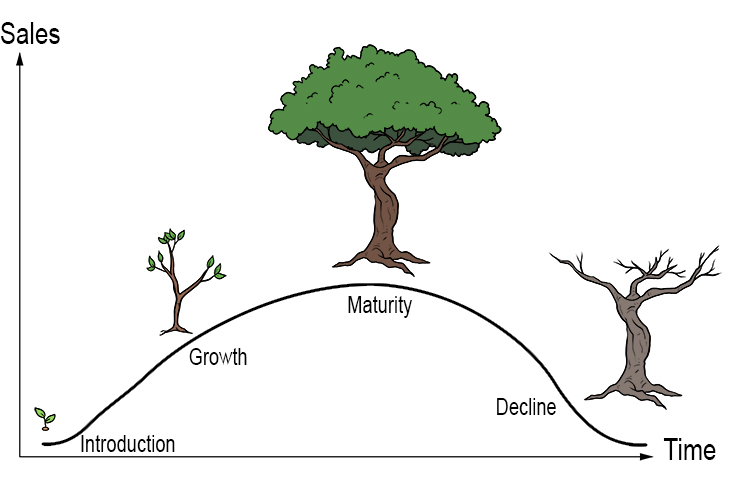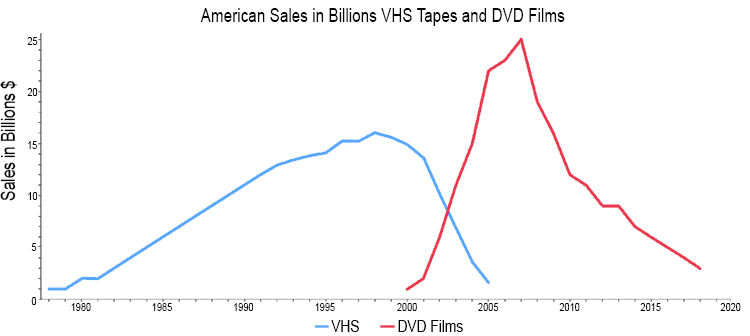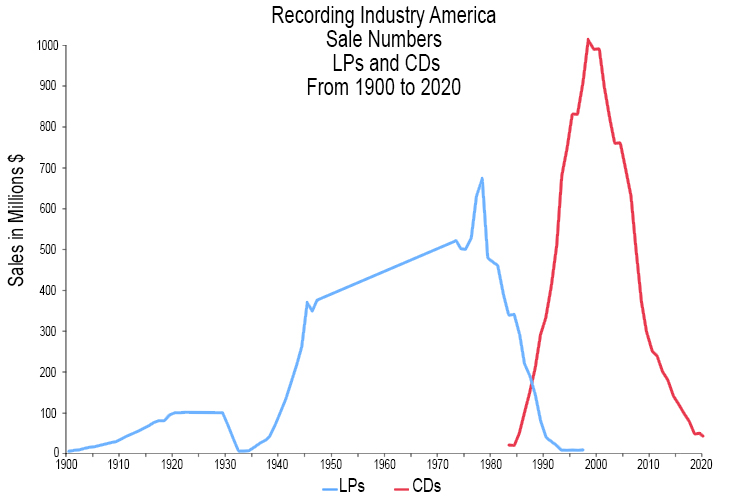Product Life Cycle – The stages through which a product develops from an idea to being old and outdated
To remember what product life cycle means use the following mnemonic:
The easiest way to remember the product life cycle is to associate it with the life cycle of a tree. Both involve four stages; introduction, growth, maturity and decline.

Introduction
In the beginning of a product’s life cycle, it is just an idea, much like the seed of a tree. With investment, research, and development, this idea can be introduced to the market. This is also the stage in which marketing is most intense in order to spread initial awareness of the product to the target market.
Growth
If the product is successful, it will then move on to the growth stage, involving increased demand and production leading to increased sales and higher revenue. The product may also be refined based on customer feedback, and competition may begin to offer rival products after noticing the potential of the product. With this competition, the company is forced to decrease prices in order to maintain market share.
Maturity
The maturity stage is the most profitable for a product. With sales and production at their peaks, the cost of production is at its lowest. Competition is also now at its highest level as rivals begin to introduce new versions or replacements of the product.
Saturation
The introduction of new products by rivals finally begins to take away considerable amounts of market share. This is where sales begin to stagnate and decline.
Decline
The final stage of the product’s life cycle. This is where products have reached the end of their mainstream commercial value. Often, out-of-date products are replaced by modern alternatives.
The home entertainment industry is a great example of the product life cycle. For example, VHS (video home system) is an analogue video cassette format released in 1976. During its introduction, it vied with Sony’s Betamax cassette format for market share in what was known as a “format war”. VHS emerged victorious in the 1980s, experiencing a growth stage to become the dominant format for home video. Sales of VHS tapes peaked in the 1990s when the product reached maturity before beginning to decline in the early 2000s as DVDs became more popular. DVDs themselves are now in the decline stage as they are being replaced by newer technologies such as on-demand streaming.

Different products can exhibit different product life cycle curves depending on how long the product lasts. Long playing records (LPs) started to be produced to be played by a turntable and a stylus (needle) at the turn of the 20th century. Look at the product life cycle below and you will see a massive dip in sales when the wall street crash occurred in 1929, which didn’t really start to recover for another ten years. From 1940 to the 1970s there was a massive sales growth until the compact disc (CD) player arrived. The life cycle of the compact disc was a lot shorter than the long-playing record, with a total life span of 40 years. Compact discs have now been usurped by online streaming service





